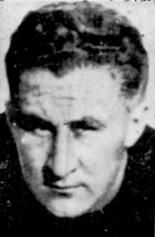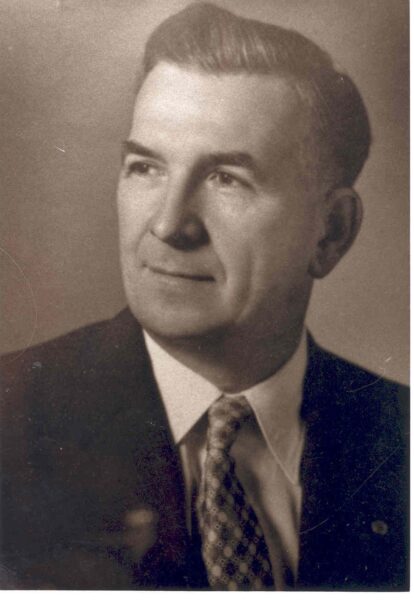Does MPHS have photographs: No
Address in Mount Prospect: 15 S. George Street
Birth Date: Circa 1815
Death Date: Circa 1875
Marriage
Date: Unknown
Spouse: Ann
Children: Peter, William, James, Joseph, Michael, Edward, and Mary Ann
Interesting information on life, career, accomplishments
The oldest house in Mount Prospect originally belonged to Owen Rooney. It has been suggested that his son, William may have been the original builder but that is not born out by Federal Census data. William may have also owned farm land in Mount Prospect but it is not clear. It is it also not clear exactly when the house was built. Some people have made statements that it was built as far back as 1832, although that is not consistent with the historical context. There was no real settlement in the area before the conclusion of Black Hawk’s War and the treaty of 1833. As well, Owen Rooney was born in Ireland and would have been about 16 or 17 in 1832, a little young to have immigrated across the Atlantic and have bought a farm and built a house. This would have preceded the large scale Irish immigration to the United States by about 14 years. There are records of Owen Rooney being in Wisconsin in 1846. In 1847 there is a record of him buying 160 acres of land in Elk Grove Township, but the first record we have of him living in Elk Grove Township is not until the 1860 Census. He most likely built his house in the early 1850s. By then there would have been a railroad going through the area, although there was no station in Mount Prospect, and there would have been a lumber mill that could have provided the wood needed to build a frame house. What is known is that most of the area subdivided by Ezra Eggleston in 1874 had been the Rooney farm, so most of downtown was originally his farm. It is also not clear when Owen Rooney died, although he is listed in the 1870 Census in Elk Grove and is not listed in the 1880, although his wife and most of his family is, although no longer in Elk Grove.

